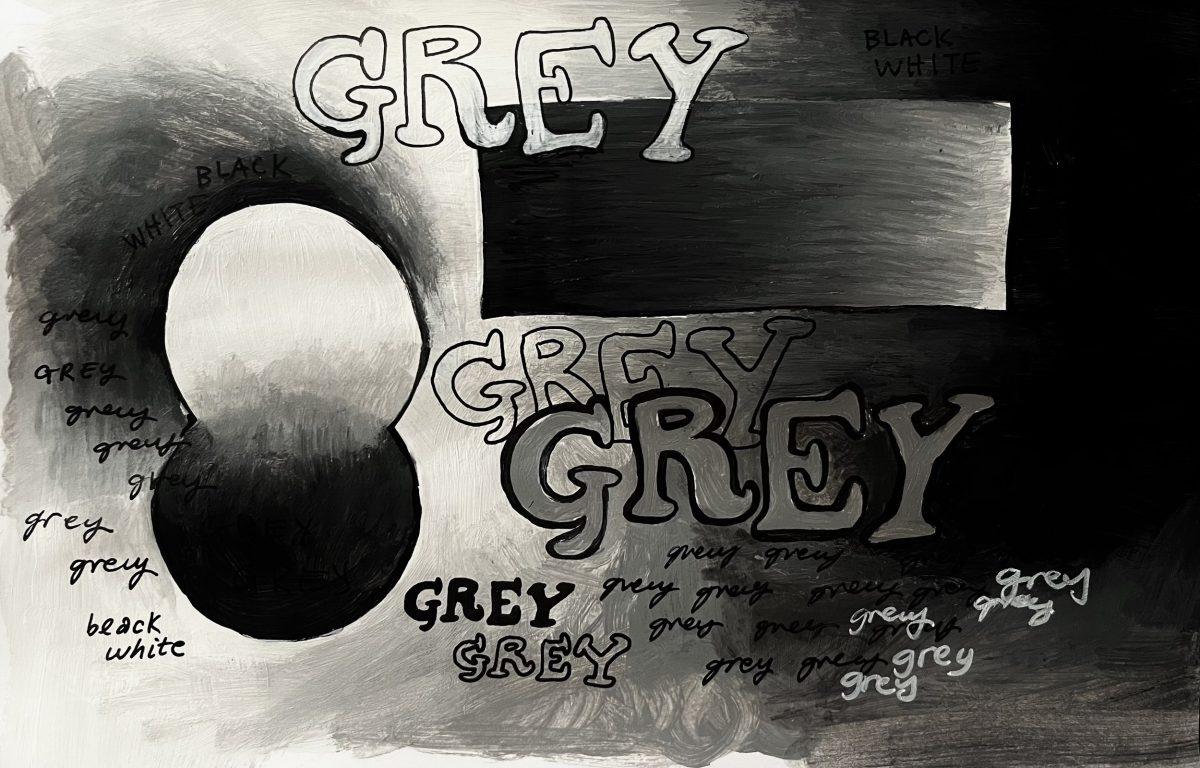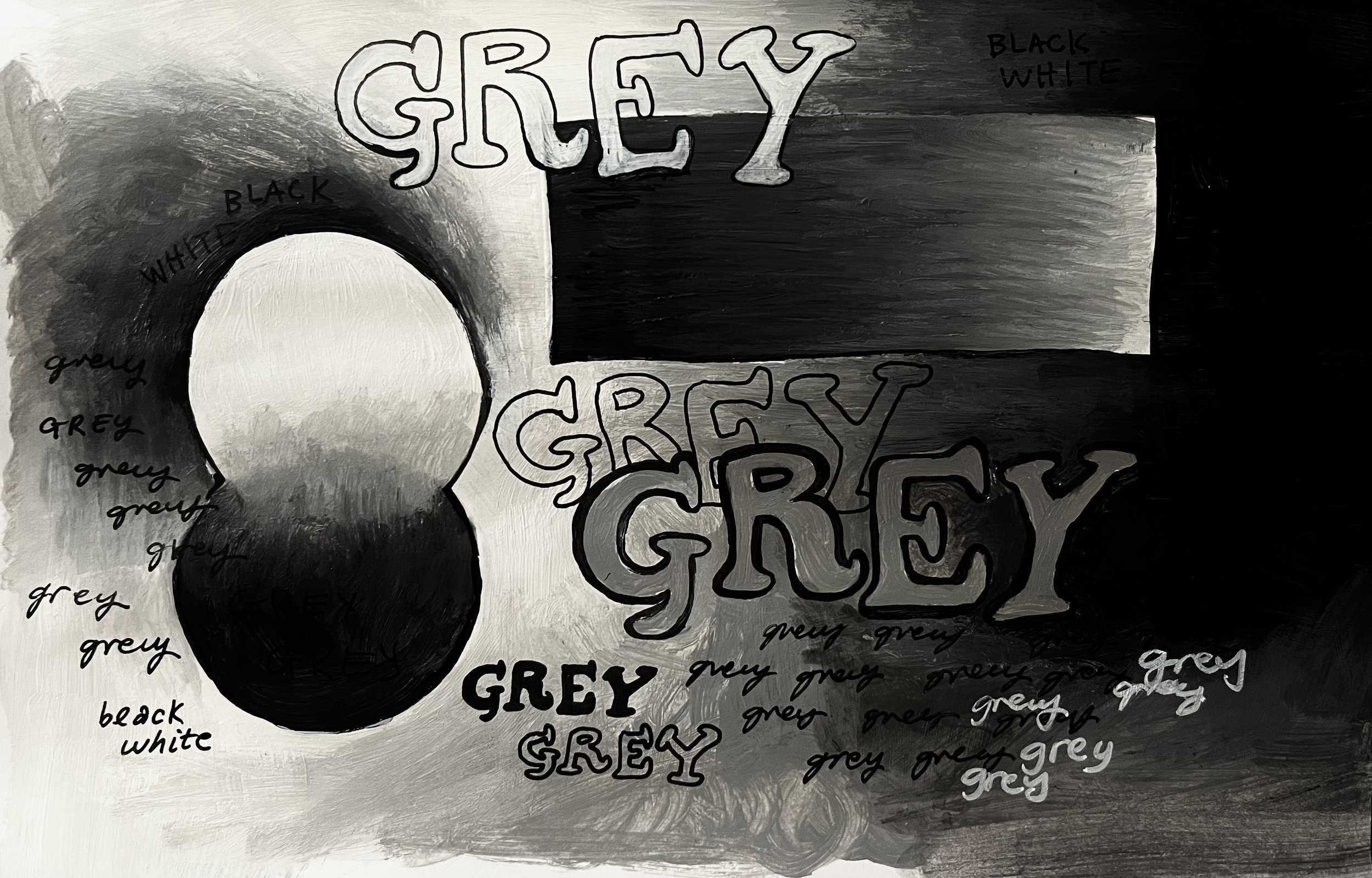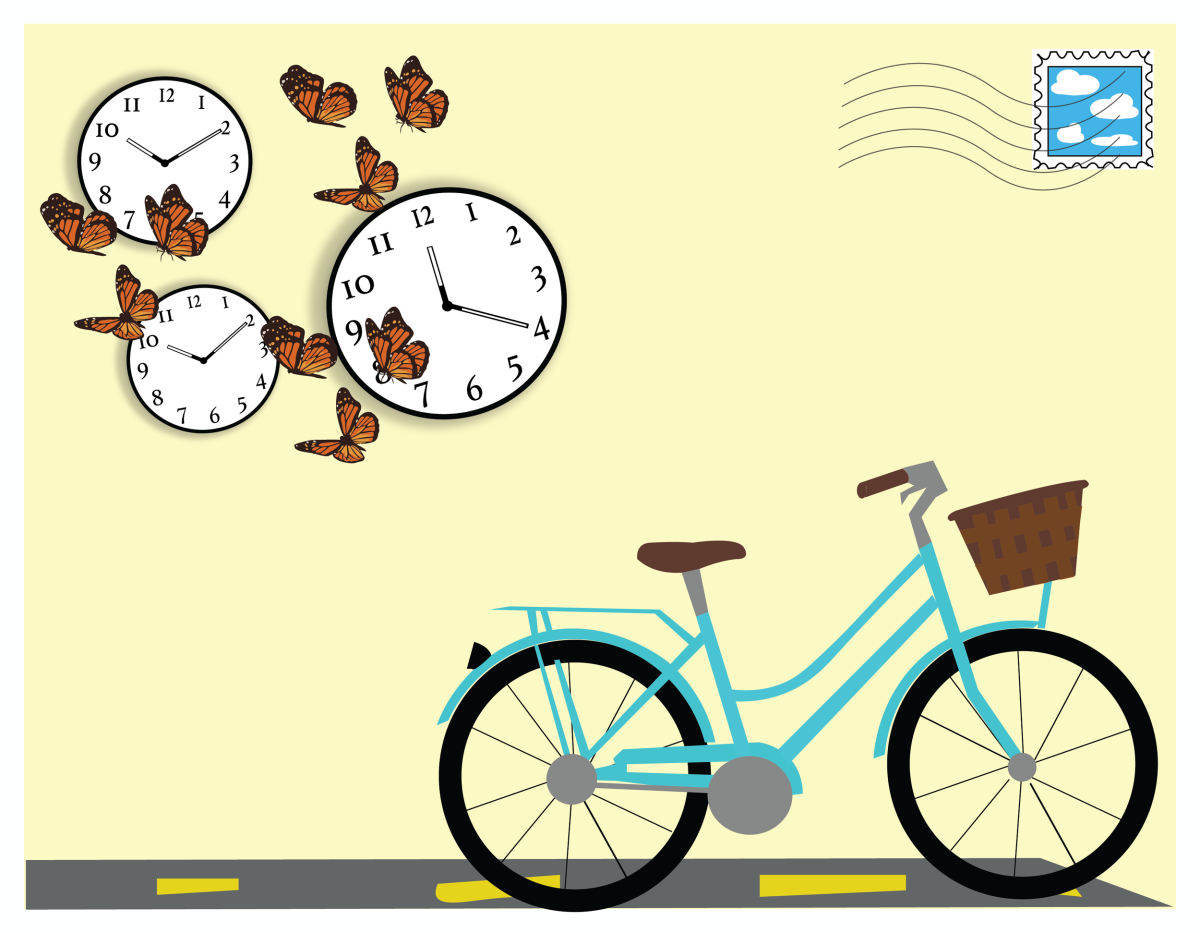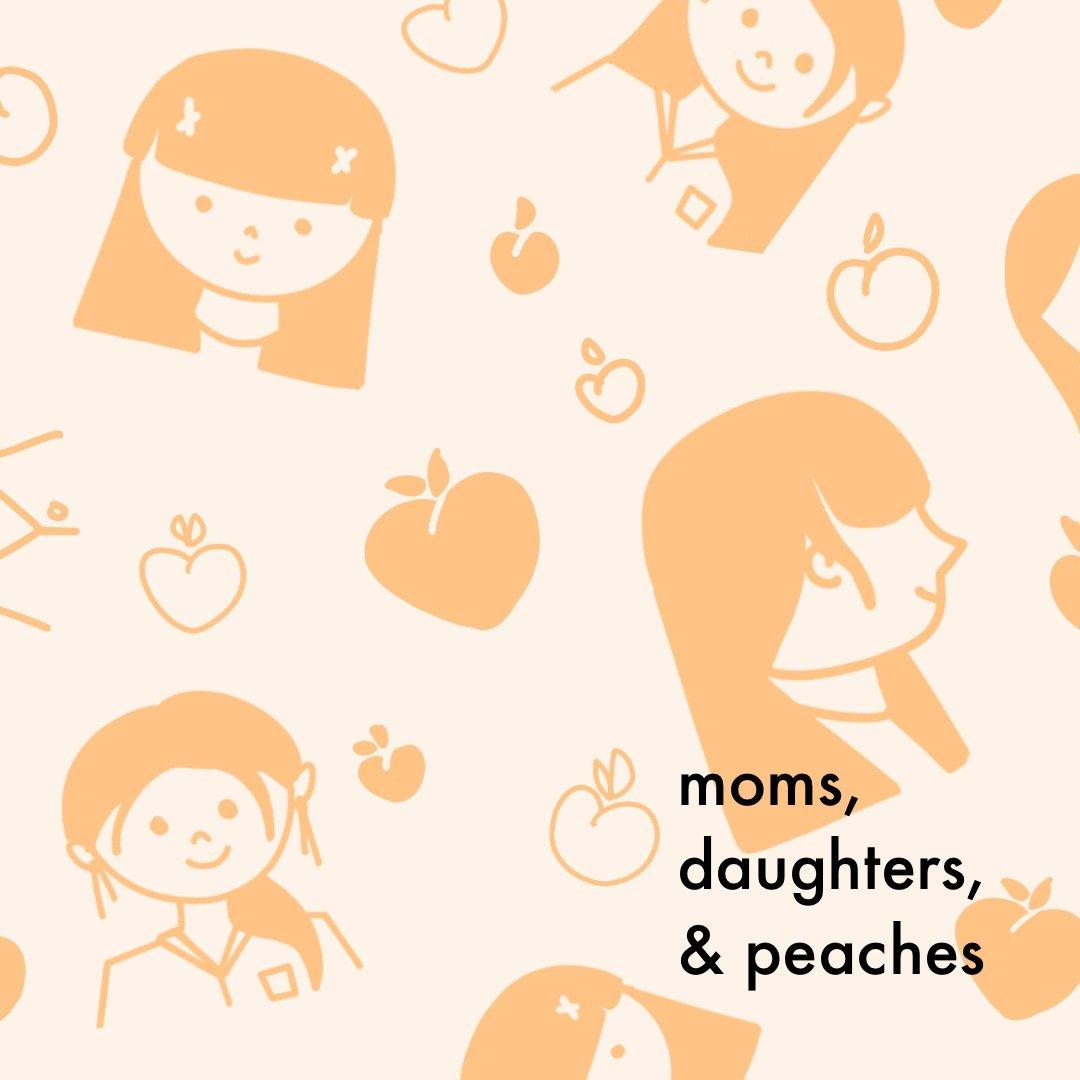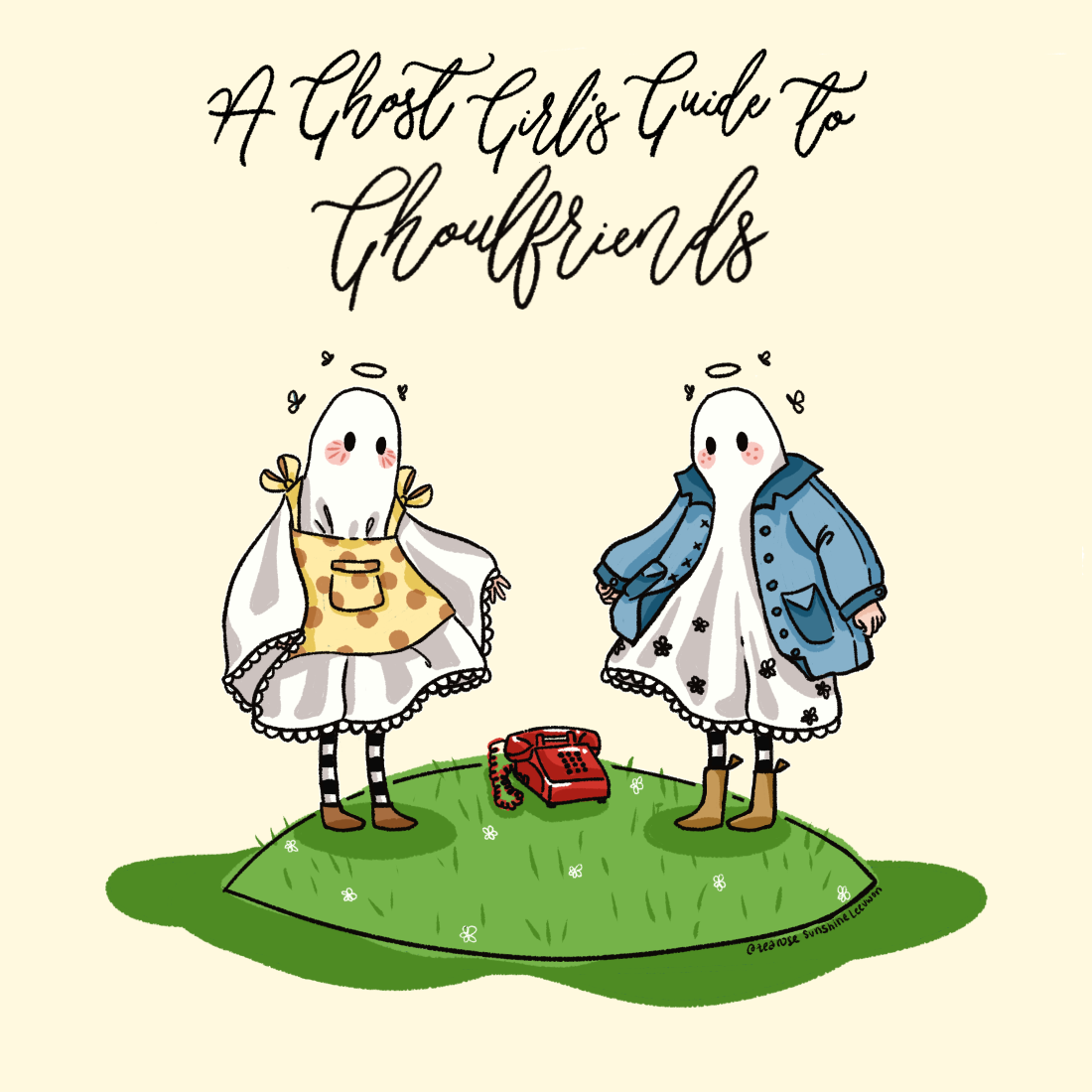Story by Jane Lee // she/her/hers // @j6nelee
Graphic by Abby Drake // she/her/hers
The color gray is commonly associated with all things dull, but while compared to any other hue it may be considered the most boring, it isn’t intimidating. It’s not as intense and strong as white or red or black, but even though it doesn’t ignite excitement in the audience, it feels safe. You’re on safe grounds. You are in what we call “the gray area.”
The gray area was never taught to us as a bad thing. In fact, it was a place where we were commonly told to reside when conflict arose. “Stay neutral,” they say. It begins with something small. “I don’t have a favorite color” or “I like all animals” and then it grows into topics as big as politics, accumulating in the formation of ideologies like centrism and apoliticism. While those are the two extreme ends of the spectrum, I’ve come to notice that young adults are often finding themselves in this gray area most often in their relationships. Youth culture is overwhelmingly filled with the pressure of being judged for every move, thought, and inkling, and establishing a clear and obvious stance on something starts to feel like playing with fire. It seems like too much, and we don’t want anyone to think that one opinion of ours is all we stand for, especially when it involves those within your social circle.
We all gossip. There’s no shame in it, or maybe there is. I’m not really one to judge. But regardless of its ethics, it is innate. Whether you’re 16 or 60 or on the bridge to your twenties, there will be times when social conflict will rise, and your morals will be put to the test. It’s like a simulation game, and you are given the choice to pick one side or the other. This is terrible. It used to be so much easier when you were younger: chocolate or vanilla, basketball or baseball, blonde or brunette. Now, anything you voice will define who you are and what kind of person your social surroundings depict you as. More specifically, if circumstances involve a close friend, someone you can confidently dedicate your loyalty to, how sternly do your morals stand when you start caring more about presenting a neutral image to others than expressing how you really feel about the situation. When you don’t take sides, it feels like you’re doing everyone a service, keeping everyone happy and staying right in the middle — the gray area. But when you start to get comfortable in that less intimidating space of gray, how much of your genuine nature is still intact? We are growing people, and as we grow, who we are is made up of our likes, dislikes, preferences, and most importantly, our values. There is no danger in picking a side, nor is there a danger in people knowing what you think of a situation. Stop skidding to the verge of extremities, and choose an intense color to coat your canvas to portray who you are and what you stand for.































